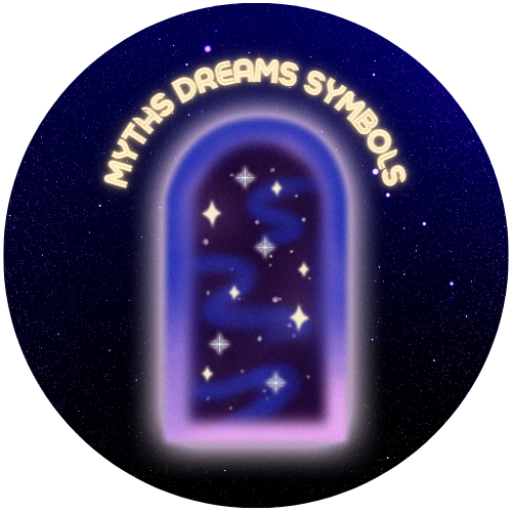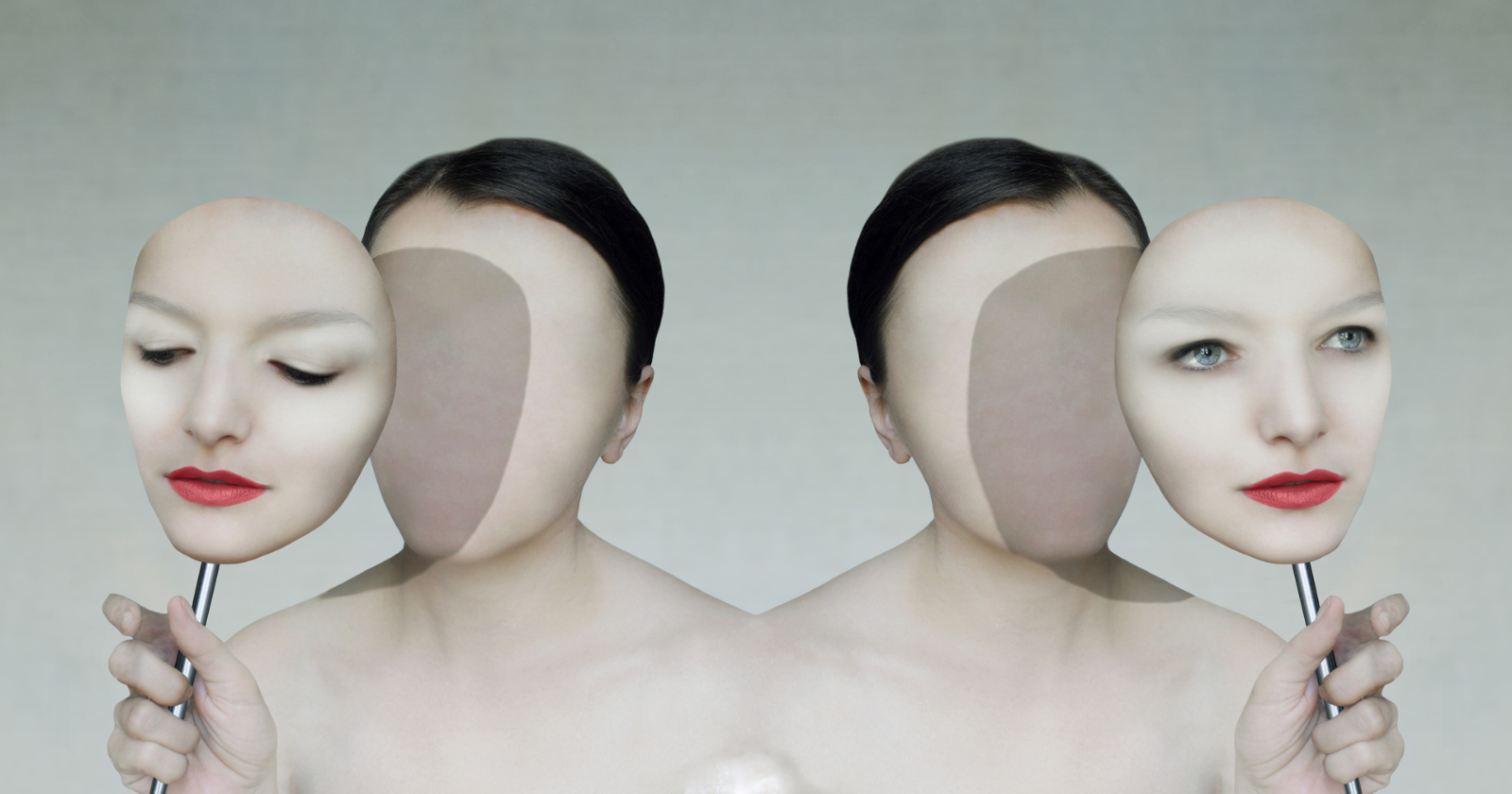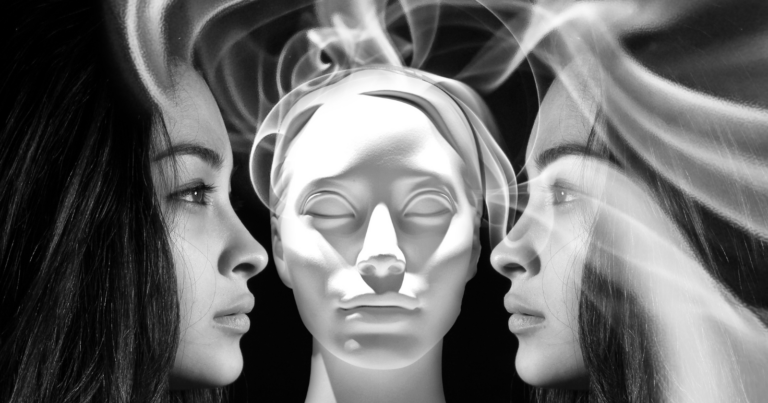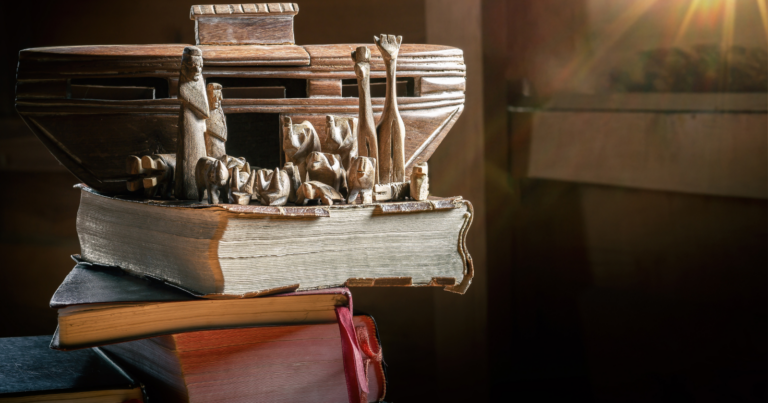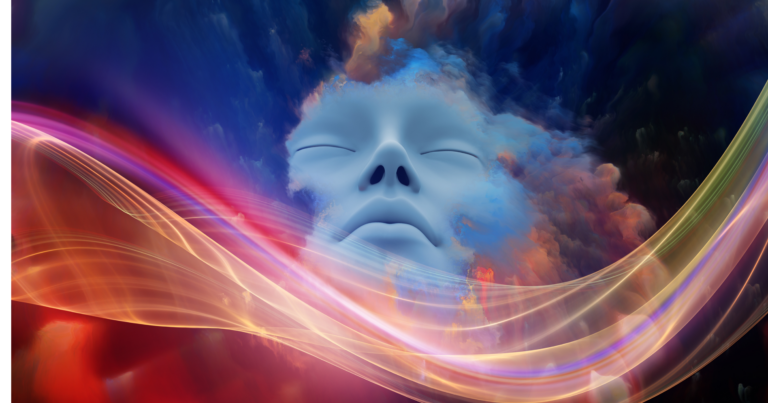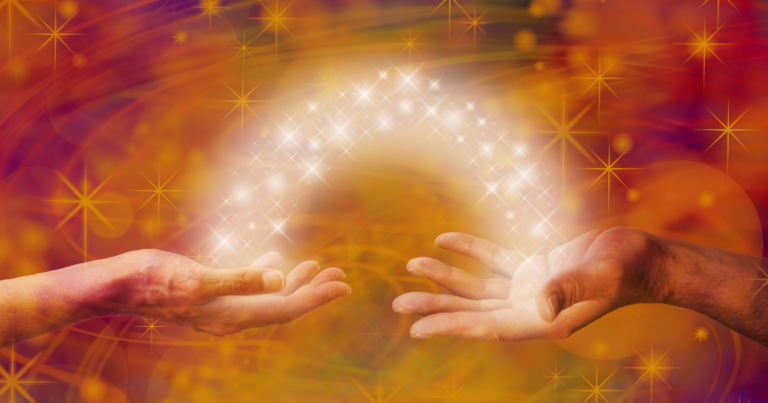Jungian archetypes, foundational elements in the study of modern psychology, offer profound insights into human behavior and subconscious motivations. This article aims to provide a comprehensive understanding of these psychological constructs, their origin in the theories of Carl Jung, and their relevance in modern psychology. By delving into the structure of the psyche as proposed by Jung – the personal unconscious and collective unconscious – we will explore how archetypes reside within these layers and influence our thoughts, feelings, and actions.
Our journey through this complex subject matter will be divided into brief, focused paragraphs for easier comprehension and better retention. Each idea will be encapsulated within its own space to minimize clutter and maximize absorption. Segmented coherently, these paragraphs will guide you through the multifaceted terrain of Jungian archetypes smoothly and efficiently.
A key focus for us will be the exploration of common Jungian archetypes – The Self, The Shadow, The Anima/Animus, and The Persona – their characteristics, and how they manifest in our daily lives. This fundamental aspect of Jungian archetypes is what we’ll delve into in our next section.
Common Jungian archetypes
Jungian archetypes, as conceptualized by Carl Jung, are universal, archaic patterns and images that derive from the collective unconscious. Here, we’ll take a closer look at four of these archetypes that are widely recognized in the realm of psychology.
- The Self: The Self is the unifying archetype that represents the integration of the conscious and unconscious mind. It’s responsible for an individual’s sense of identity and wholeness.
- The Shadow: The Shadow often symbolizes the aspects of our personality that we choose to reject or ignore. It embodies our darkest desires, instincts, and impulses.
- The Anima/Animus: The Anima (in men) and Animus (in women) represent the feminine and masculine aspects of our personality respectively. They encompass gender-based stereotypes and expectations embedded within us.
- The Persona: The Persona is the outward face we present to the world. It disguises our real self and embodies the role we play in society to meet external expectations.
Understanding these common archetypes provides a gateway into deciphering complex human behaviors and motivations. However, it’s crucial to remember that these are just broad categorizations. Individuals may embody characteristics from multiple archetypes.
In the next section, we will delve deeper into how these Jungian archetypes manifest in various aspects of life, such as in our dreams, relationships, and personal development journey.
Manifestations of Jungian archetypes
The power of Jungian archetypes lies in their ubiquitous presence in our lives. They manifest in various domains, subtly influencing our behavior and interactions.
Dreams: Jungian archetypes often appear in dreams as symbolic representations. For instance, The Shadow might emerge as a hostile entity, while The Anima/Animus could appear as a person of the opposite sex. Understanding these symbols can provide deep insights into our subconscious mind.
Relationships: Our interactions with others are also influenced by these archetypes. The Persona determines how we present ourselves in social situations, while The Anima/Animus influences our relationships with the opposite sex.
Personal Development: Archetypes play a crucial role in personal growth. Recognizing and integrating these archetypal energies, especially The Shadow, into our conscious self can lead to a more balanced and authentic existence.
Understanding how these Jungian archetypes manifest in different aspects of life helps us comprehend our thoughts, feelings, and actions better. It brings us closer to achieving Jung’s ideal of individuation – the process of becoming an individual who is psychologically differentiated.
In the next section, we will focus on the practical application of Jungian archetypes in modern psychology, specifically how they are used in therapeutic settings to facilitate personal growth and healing.
Application of Jungian archetypes in therapy
Jungian archetypes have a significant role in modern therapeutic practice, particularly in the realm of Jungian analysis and depth psychology. Therapists utilize these constructs to help individuals better understand their psyche, facilitating personal growth and healing.
Jungian Analysis: This form of psychotherapy utilizes the concept of archetypes to unearth unconscious patterns. By identifying and integrating these patterns into the conscious self, individuals can achieve a better sense of wholeness and balance.
Shadow Work: This therapeutic technique focuses on The Shadow archetype. The aim is to confront and reconcile with the repressed aspects of the self to foster self-acceptance and psychological harmony.
Dream Analysis: Since Jungian archetypes often appear in dreams, therapists use dream analysis to decode these symbols, providing valuable insights into an individual’s unconscious mind.
The application of Jungian archetypes in therapy underscores their enduring relevance in modern psychology. These archetypal constructs serve as powerful tools for enhancing self-understanding and promoting psychological well-being.
In our next and final section, we will reflect on the broader implications of Jungian archetypes in understanding human behavior, culture, and society at large.
Broader implications of Jungian archetypes
Beyond individual psychology, Jungian archetypes have a profound influence on our collective experiences. These universal patterns serve as a common thread, weaving through the fabric of human culture and society.
Cultural Phenomena: Archetypes often appear in cultural expressions such as myths, religious symbols, literature, and art. They cross cultural boundaries, revealing shared human experiences and values.
Societal Roles: Archetypal patterns also influence societal roles and expectations. The Persona archetype, for instance, reflects the various social masks we wear in different contexts.
Collective Unconscious: At the broader level, these archetypes constitute the collective unconscious – a reservoir of shared human experiences and instincts. This collective layer of the unconscious connects us all, transcending individual differences.
The implications of Jungian archetypes extend far beyond the individual psyche, underlining their universal significance. Understanding these archetypal patterns not only enriches our personal introspection but also deepens our collective understanding of human behavior and society.
